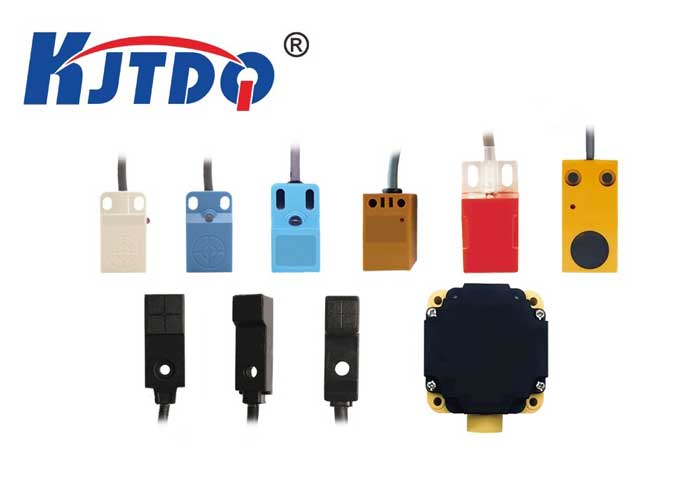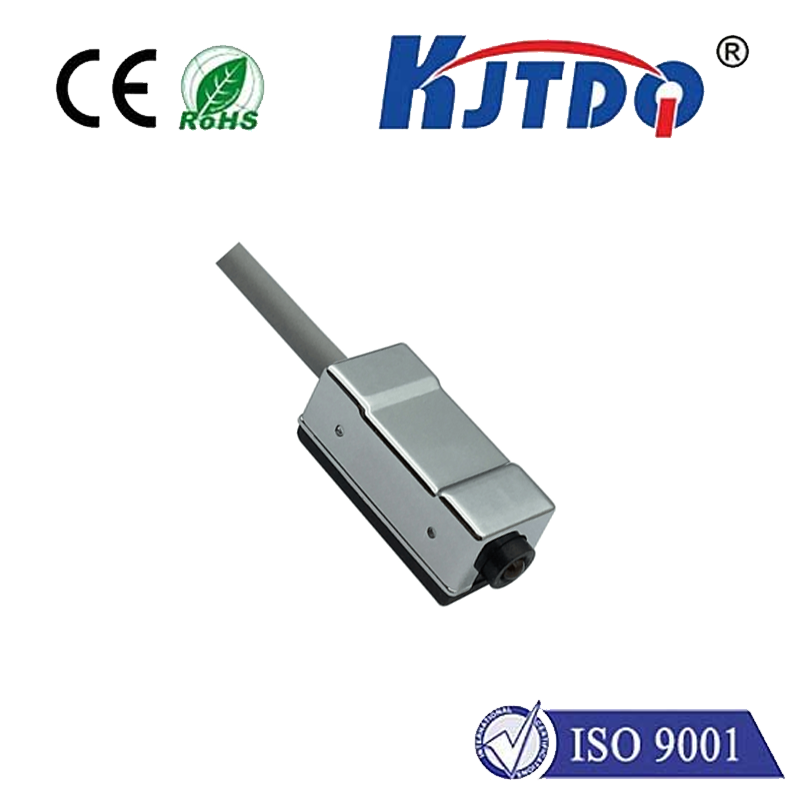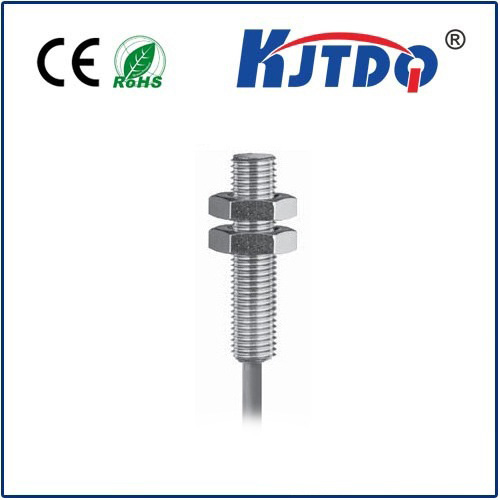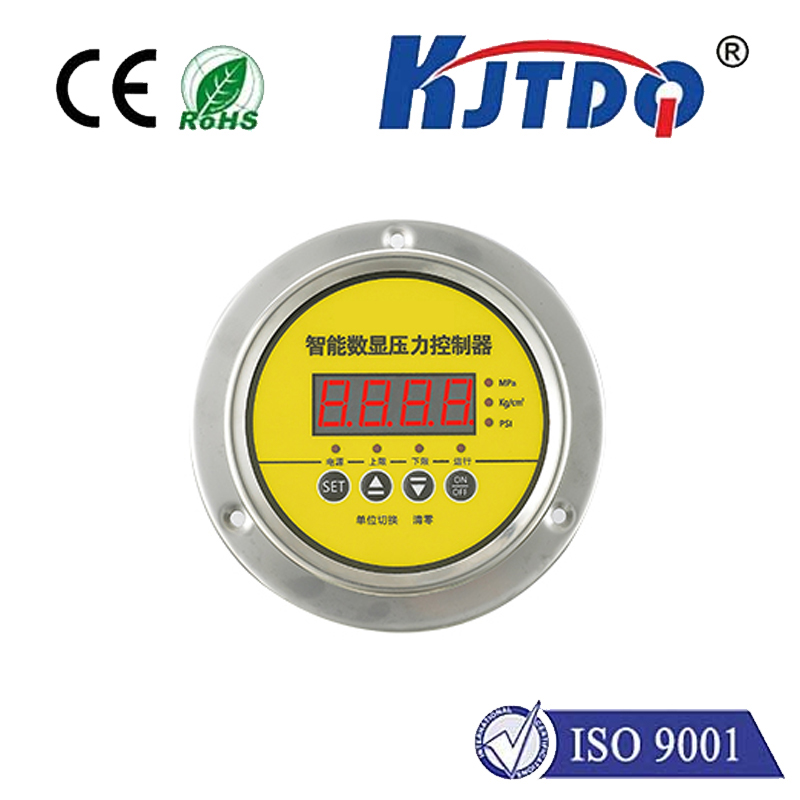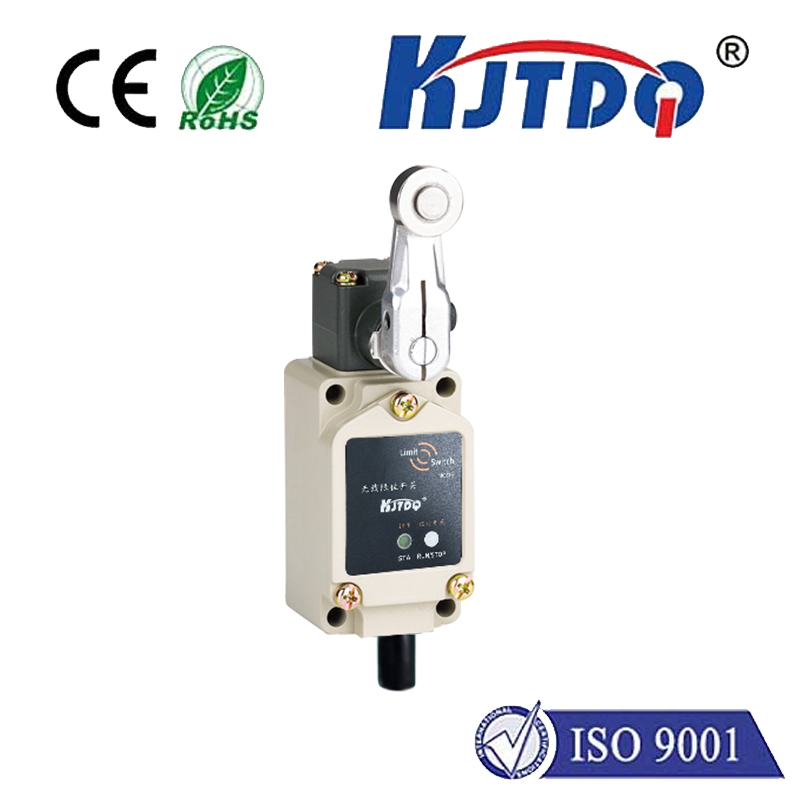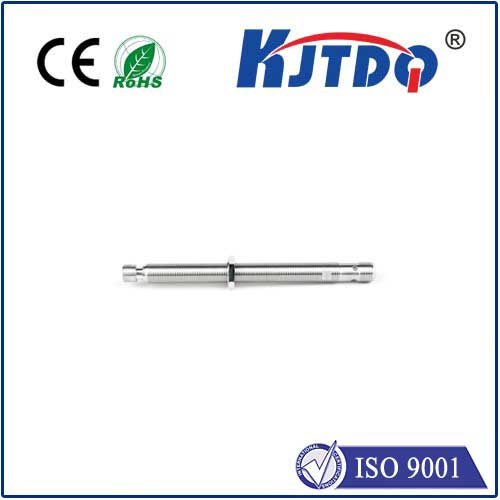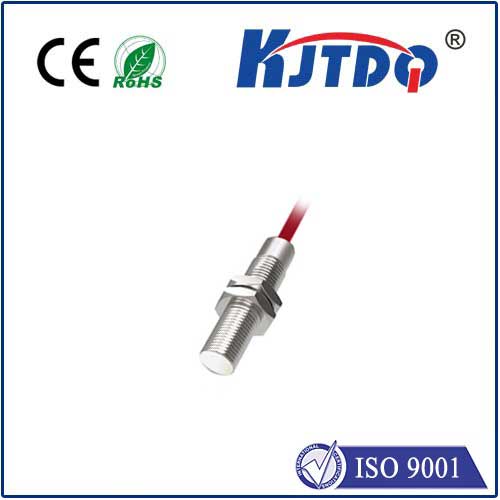
In the fields of automation control and intelligent sensing, a crucial component is gradually coming into people’s view — the Surface-Mount Proximity Sensor. As an innovative detection technology, it plays a significant role in numerous application scenarios with its unique installation method and precise sensing capability. The surface-mount proximity sensor, as the name implies, adopts a surface-mount technology, which means it is directly mounted on the surface of the printed circuit board (PCB). This design not only simplifies the installation process but also greatly improves production efficiency and equipment reliability. Compared with traditional through-hole mounting methods, surface mount technology has become the preferred choice for modern electronic devices due to its high density integration and excellent electrical performance. In terms of working principle, the surface-mount proximity sensor utilizes changes in physical quantities such as electromagnetic fields, light waves, or capacitance to detect the presence, distance, or movement of objects nearby. For example, when an object approaches the sensing range of the sensor, its electromagnetic field or light wave characteristics will change, thereby triggering the corresponding output signal of the sensor. This detection method is contactless, which not only effectively avoids mechanical wear but also extends the service life of the equipment. Regarding application areas, the surface-mount proximity sensor is ubiquitous. In the industrial field, it is used to monitor the operation status of automated production lines, ensuring that various mechanical components work normally and efficiently; in the field of logistics, it can be applied to conveyor systems for counting and tracking goods, improving sorting and transportation efficiency; in everyday life, it is also widely used in smart homes, automatic doors, safety alarm systems, etc. With the development of technology and the increasing demand for intelligence, the application range of surface-mount proximity sensors will be further expanded. However, like all technologies, the surface-mount proximity sensor also faces some challenges and limitations. For example, in environments with strong electromagnetic interference, its detection accuracy may be affected; long-term use in harsh conditions may also reduce its stability and durability. Therefore, researchers and engineers are continuously exploring new materials and technologies to optimize the performance and reliability of these sensors. In summary, the surface-mount proximity sensor, with its unique advantages and broad application prospects, has become an indispensable part of modern industrial automation and intelligent control. It not only enhances the intelligence level of production and living but also provides us with more possibilities for future technological innovation. We believe that with continuous efforts and exploration, this technology will be more maturely applied in various fields, creating a safer, more efficient, and more convenient future for us.
